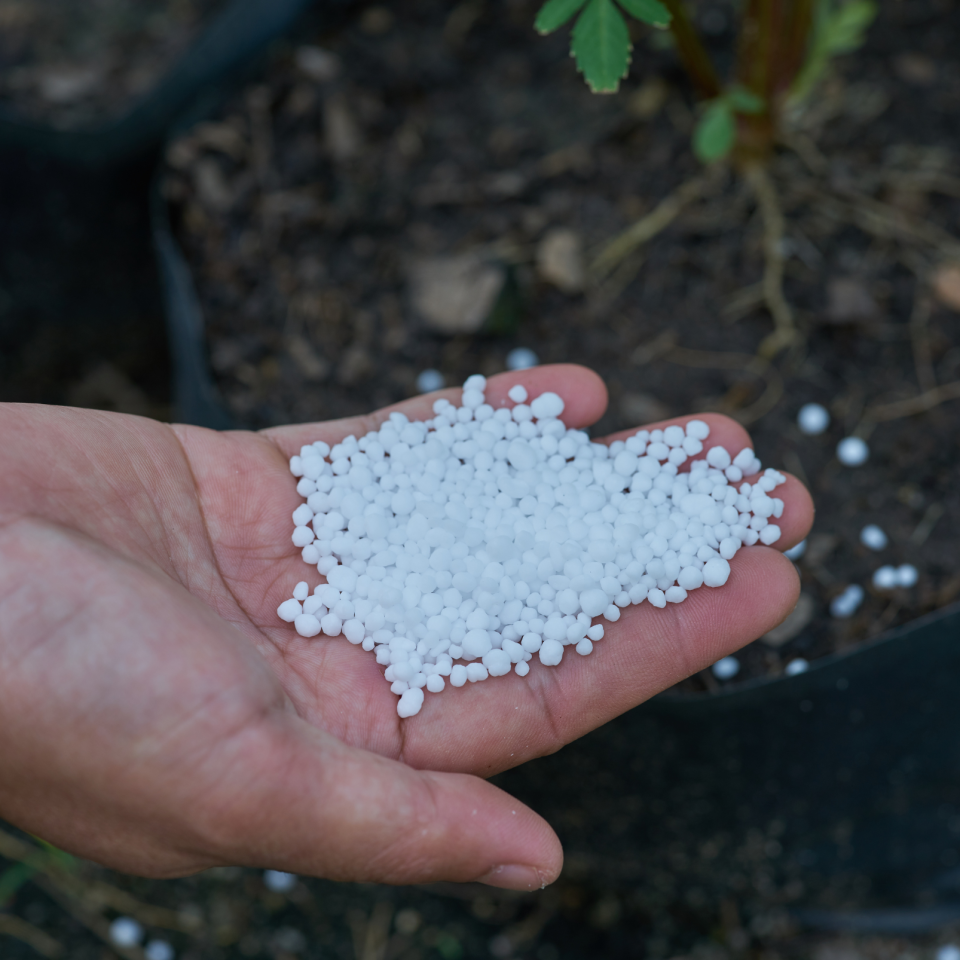
Making the Most of In-Season Nitrogen: Best Practices for Urea and Stabilizer Use
June 13, 2025
As crops move into rapid growth stages, the demand for nitrogen surges—and timely in-season applications become a critical part of your fertility program. Whether you’re using UAN (28%) or urea, both options can deliver excellent results when applied with the right strategy.
In-season urea use is expected to be more common this year, and with it comes the opportunity to reinforce some key agronomic principles that protect your investment and support crop performance.
UAN vs. Urea: Both Are Effective When Managed Well
There’s no biological preference from the crop when it comes to nitrogen form—urea and UAN are equally effective sources when used correctly. The difference lies in how they behave in the field.
UAN (28%)
- Liquid form makes it easier to incorporate into the soil with rain or light tillage.
- Still benefits from a nitrogen stabilizer to reduce loss, especially on lighter soils.
Urea (46-0-0)
- Dry prill that’s versatile and widely available.
- More prone to volatilization when surface-applied, especially in hot, dry, or windy conditions.
- Stabilizers are critical to reduce losses and off-target movement when applied without incorporation.
Why Stabilizers Matter—Especially with Urea
Urea needs to be converted into ammonium before it can be taken up by the crop. That conversion process releases ammonia gas—and without rain or incorporation, much of that nitrogen can be lost to the atmosphere.
Adding a urease inhibitor (a type of nitrogen stabilizer) helps keep nitrogen in a plant-available form longer, buying time for rain or other incorporation to take place. It’s especially important when applying urea over the top of the crop, where there’s limited ability to work product into the soil.
Benefits of stabilizer use on urea:
- Reduces volatilization and nitrogen loss.
- Improves nitrogen efficiency.
- Minimizes risk of off-target movement.
- Helps ensure more of your applied N reaches the crop when it needs it most.
Application Best Practices for Urea
Whether applied by spinner spreader or drop pipes, there are several key considerations to keep urea applications safe and effective:
Application Method Matters
- Drop pipes deliver urea beneath the canopy, avoiding leaf contact and reducing the chance of crop injury.
- Spinner spreaders can be effective but require careful calibration to avoid overlap, wind drift, and leaf burn.
Watch the Weather
- Apply ahead of rain (10 mm or more) to help incorporate product into the soil.
- Avoid applications during heat stress or on wet foliage to reduce leaf damage.
Use a Stabilizer
- Always pair surface-applied urea with a nitrogen stabilizer unless you’re certain of immediate incorporation.
- Ask your agronomist which stabilizer is best suited to your conditions and application method.
Final Thoughts: It’s Not About the Form—It’s About the Strategy
Both 28% and urea are excellent tools for in-season nitrogen. The key is to match your application method to your equipment, field conditions, and timing—and to protect your investment with a stabilizer when conditions call for it.
If you’re considering a urea application this season or unsure whether a stabilizer is necessary, connect with your local Sylvite location. We’re here to help you plan with confidence and protect your nitrogen investment.